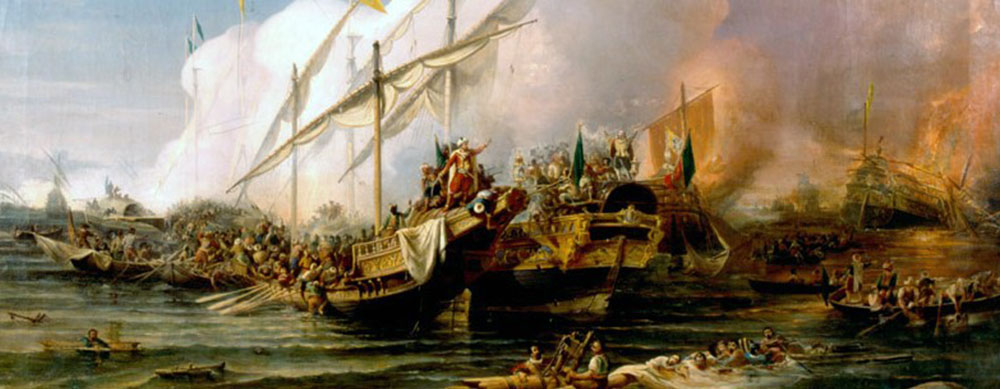

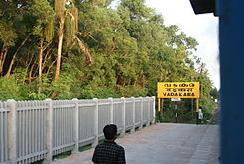
Kadatanad is the land Kalaripayattu, the Kerala originated Martial Arts. The land is filled with the stories of great warriors like Thacholi Othenan and Kunjali Marakkar. Vadakara is also the birth place of Cherussery Namboodiripad , the great poet In 1934. Vadakara boasts a great martial tradition and was a flourishing trade and commerce centre in ancient times. Vadakara has a prominent place in the folklore of Kerala.
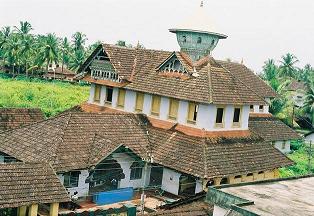
Still now Vadakara is a commercial focal point in Calicut (Kozhikode) district in Kerala State. Geographically, Vadakara is situated about 48 km to the north of Kozhikode City, approximately 44 km to the south of Kannur City and it is proximate to Mahe (Mahe district). This is the third largest town of North Malabar. The town lies by the side of a river known by different names as Moorad river, Kuttiadi river or Kotakkal river. Originally known as Vadakkekara (north shore) due to its position with respect to the Kottakkal puzha, the place came to be called as Vadakara by popular usage later. This city is also known as Badagara.
With all the amenities vital for a modern township. There are many Hospitals, Colleges, Schools, Govt. sponsored Technical Education Centers, Recreation and pastime facilities. National Highway 66 pass through Vadakara and many trains go through this place.
Vadakara mainly consists of 2 commercial hubs. The first hub is centering the old bus stand with commercial establishments as old as hundred years. Recently the trend has shifted to the new bus stand area and the road towards Kannur.
 Kozhikode is a historical town with a hoary past. From time immemorial, the city attracted travelers, with its charming physical features and prosperity. Even today , the glory of Kozhikode Calicut) has not faded.
Kozhikode is a historical town with a hoary past. From time immemorial, the city attracted travelers, with its charming physical features and prosperity. Even today , the glory of Kozhikode Calicut) has not faded.
Kozhikode was the capital of Malabar during the time of Zamorins who where ruling before the British Rule in India. It was trading in spices like black pepper and cardamom with the Jews, Arabs, Phoenicians, Chinese , Dutch and Portuguese more than 500 years ago.
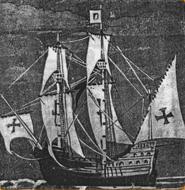
The history of Kozhikode district as an administrative unit begins from January 1957.
The states of the Indian Union were reorganized on linguistic basis on 1st November, 1956, the erstwhile Malabar district was separated from Madras state (Tamil Nadu) and added to the new unilingual state of Kerala.
But Malabar district was found to be too unwieldy for administrative purposes. Consequently the state government ordered the formation of three districts with certain changes in the boundaries of some of the taluks.
The Kozhikode district thus came into existence on 1st January 1957,orginally consisting of five taluks, Viz, Vadakara, Koyilandy, Kozhikode, Ernad & Tirur.
With the formation of malapuram district on 1st June 1969 & Wayandu on 1st November 1980, Kozhikode district now consist of one revenue division , three taluks, twelve blocks, 77 panchayats and 117 villages.
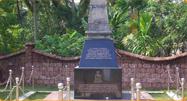
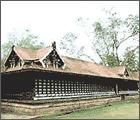
Sand Banks
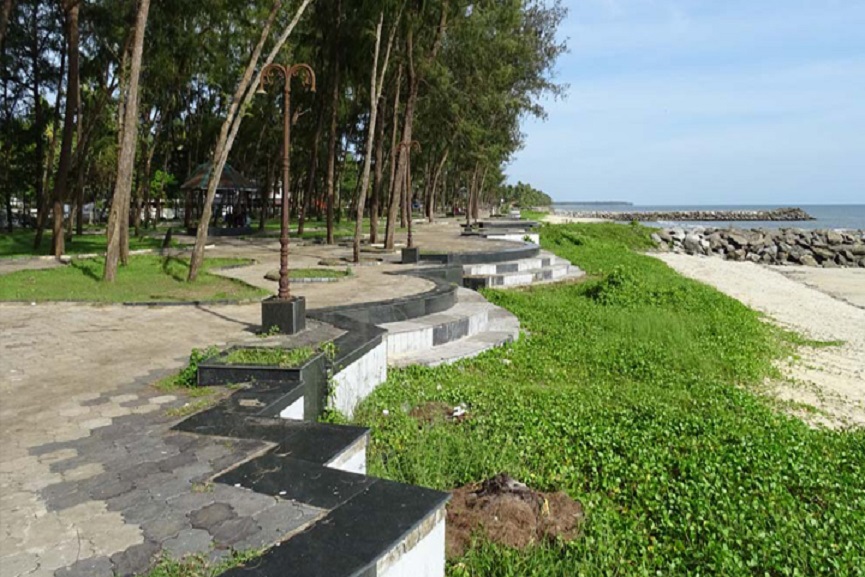 A small peninsula with the Moorad river on the east
the Arabian Sea on the west is located approximately 3 Kms towards the south of the town.
This area is known as the Sandbanks. The Peninsula has a building called the Sandbanks Bungalow, which was built by Mr Wilfred Vincent Reilly in the year 1946. This bungalow and the land it stands on was sold on 04 Feb 1966 to Grasim Industries Ltd a company of the Aditya Birla Management Corporation Ltd, and is owned by the company till date. Adjacent to the bungalow is an open area which was previously under lease with Grasim Industries Ltd but was returned to the Government of Kerala in 2002. This area is now developed by the Harbour Dept of Government of Kerala and has been handed over to Vatakara Municipality for maintanence. Many tourists visit this place for a view of the sunset.
A small peninsula with the Moorad river on the east
the Arabian Sea on the west is located approximately 3 Kms towards the south of the town.
This area is known as the Sandbanks. The Peninsula has a building called the Sandbanks Bungalow, which was built by Mr Wilfred Vincent Reilly in the year 1946. This bungalow and the land it stands on was sold on 04 Feb 1966 to Grasim Industries Ltd a company of the Aditya Birla Management Corporation Ltd, and is owned by the company till date. Adjacent to the bungalow is an open area which was previously under lease with Grasim Industries Ltd but was returned to the Government of Kerala in 2002. This area is now developed by the Harbour Dept of Government of Kerala and has been handed over to Vatakara Municipality for maintanence. Many tourists visit this place for a view of the sunset.
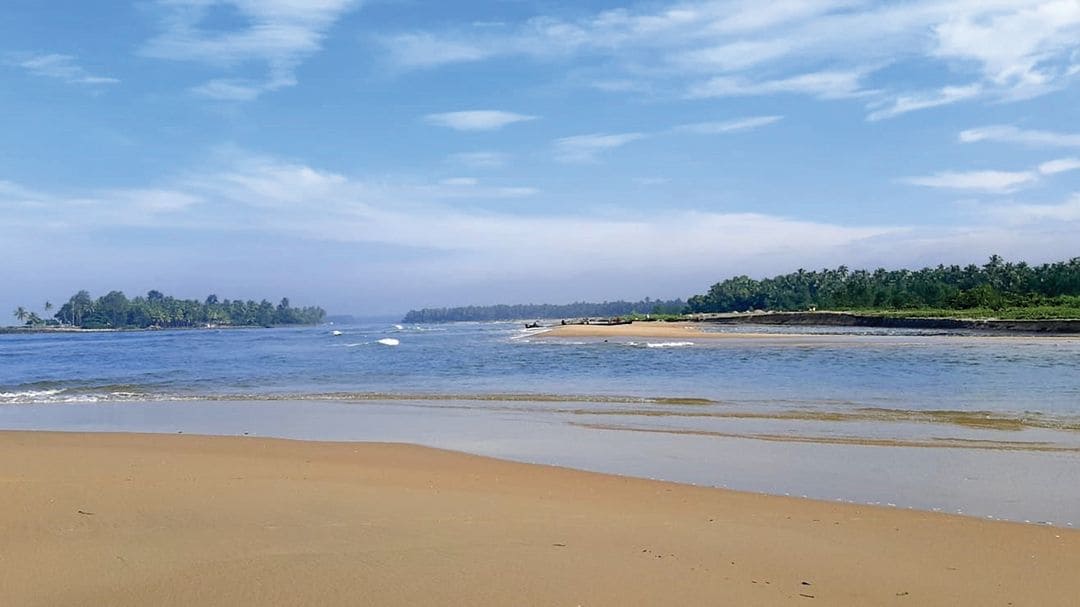 This is an island like beach close to Sand banks, in fact just opposite to it. Still, reaching there takes another 7 km journey.
This is an island like beach close to Sand banks, in fact just opposite to it. Still, reaching there takes another 7 km journey.
Velliyamkallu (Silver Rock)
A massive rock,
associated with the valiant Kunhali Marakkar is located 13 km off Payyoli Beach. The rock,though much dreaded by navigators, was safe ground for the Marakar to attack the invading Portuguese. It was on this rock that Marakars killed the whole crew of a ship belonging to the Portuguese.